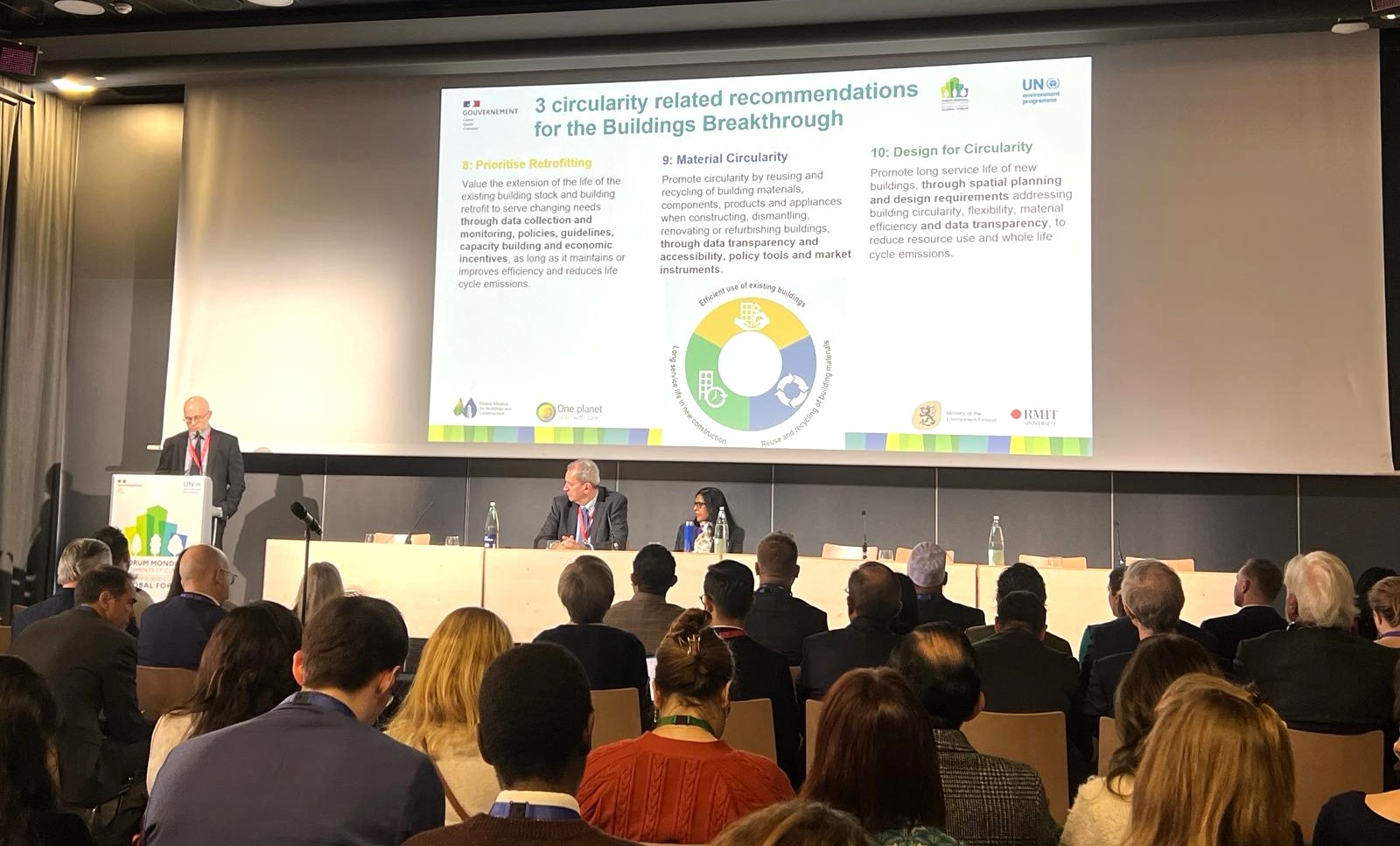Bike to School campaign - National biking promotion campaign in Denmark
Denmark has been a forerunner in promoting biking as a form of everyday transport by providing good cycling infrastructure. Biking promotion campaigns by the Danish Cycling Federation have successfully promoted everyday biking to school and to work.
The Bike to School campaign is an annual campaign, which promotes cycling to school. The goal is to get more children to bike to school routinely and to learn good and secure way of biking and especially using a helmet. The campaign started in 2002 and it has so far been very successful and has produced good socio-economic benefits. Annually about 120 000 to 150 000 children participate in the campaign. The campaign is managed by the Danish Cycling Federation.
The Danish Cycling Federation also runs the Bike to Work campaign, which is very similar to the Bike to School campaign. It targets adults and work teams and has also been very successful. The Bike to Work campaign started in 1998.
The purpose of the Bike to School campaign is to increase the number of children who bike to school and to raise awareness of safety rules and especially helmet use. The objective is also to make physical activity and learning go hand in hand, as studies have shown that physical activity has a beneficial effect on children's ability to learn and concentrate. The Bike to School campaign is the children's counterpart to the Bike to Work campaign, which targets adults. The Bike to School campaign targets students between the ages 5 and 15. The campaign is organized yearly and involves the teachers enrolling a class in the campaign. The campaign runs for two weeks in September every year, with classes all over the country competing to see who can cycle to school the most.
Each day, the class notes the number of students arriving on bicycle and how many of them were wearing a helmet. Participation and helmet use triggers a ticket in a nationwide lottery with various prizes for the entire class. The prizes are provided by sponsors.
The campaign includes a comprehensive campaign website, which caters to students, teachers, and parents. Teachers can find inspiration on how to incorporate the bicycle in class activities and teaching, and students can amuse themselves with fun bicycle-related activities and games. The campaign is backed by e-mail and newsletter communication, where ideas regarding teaching and activities are highlighted and suggested to teachers.
Materials, which incorporate cycling into teaching and school activities, are provided to teachers. “Cycling Games” in a concept of fun games using a bicycle that teaches safety and integrates learning and biking. The “Cycling Games” brochure has been translated into English, Portuguese and Spanish.
Many municipalities back the campaign both in terms of economic support, local prizes, and by encouraging the schools to participate. For many schools, the campaign has become a tradition to which especially students in middle school are very dedicated.
There are special rules for the younger students who are too young to cycle to school on their own. Instead, you get points for cycle training with your parents after school hours. In this way, the campaign also promotes cycling by other family members. Success factors
The aim is to stabilize numbers of children that bike to school to the current level, as there is pressure for reduced biking. Success indicators are the number of school classes and children that participate and complete the campaign. A critical success factor of the campaign is getting parents to commit to the campaign and teachers to bike to school.
Sustainability Impacts
In the years 2009-2012, over 565 000 children have participated in the campaign and 350 000 of them have actually biked to school. Teachers have estimated that cycling by children who have participated in the campaign has increased by 30 % after the campaign has finished. This corresponds to 2 638 399 km cycled in the period 2009-2012.
The campaign has made school children bike more and thus has produced health benefits. This in turn may result in fewer sick days for the children and thereby less sickness related absences for their parents. As children bike to school they motivate their parents to bike more instead of driving their car. This leads to less congestion, pollution, and less need for road maintenance.
Cost-effectiveness
The cost-effect of the Bike to School campaign has been positive. An evaluation made by COWI in 2013 indicated that the results are quantifiably in economic terms. During the two-week campaign in 2012, the socio-economic benefits amounted to a return of 14 % on the total yearly investments in the campaign. When evaluated on longer term, the campaign has resulted in an internal return of 50 % to 100 %, which among other things considers benefits from reduced driving as well as health benefits to children and their parents etc.
Challenges and potential for development
Support for the campaign from the Danish elementary schools is strong. One challenge is getting even more parents to commit to the campaign and to get more teachers to bike to school. Their engagement and example has high impact on committing schoolchildren to bike to school.
Another challenge is that as schools in Denmark merge, the distances children have to bike to school increases and fewer children have the realistic possibility of cycling to school. Plans exist to allow biking to after-school activities to count in the campaign, making it possible for more children to participate and feel motivated to join in the campaign. The campaign is yearly and ongoing. Some plans exist to expand the campaign to include the possibility to bike to after-school activities for those children, who live too far away from their schools to bike to school.
Contact person for more information:
Maria Bech, mab@cyklistforbundet.dk
External source(s)
Image

Project start date
01/01/2009
Project end date
01/01/2009

